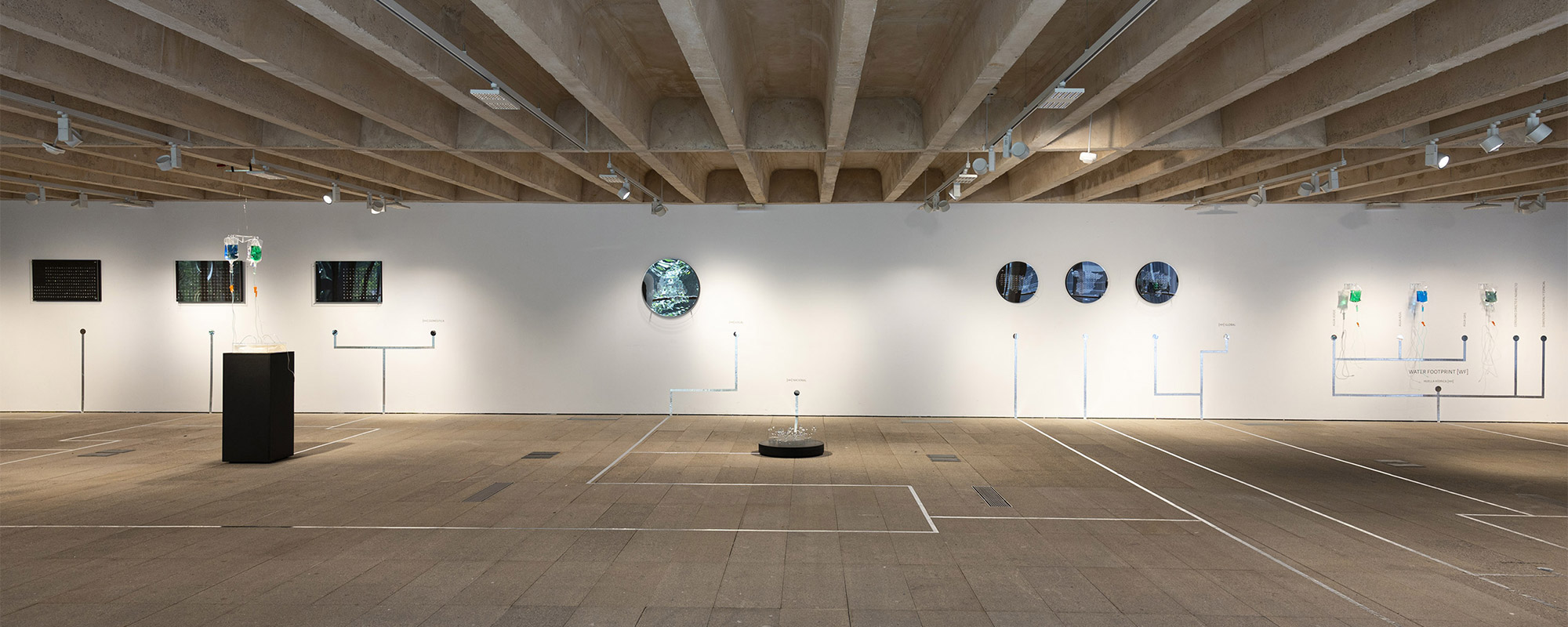
MAPPING VIRTUAL WATER :: WATER FOOTPRINT © 2023 :: COAM
"Mapping Virtual Water :: Water Footprint / 6,700 l./24 h"
Fundación Arquitectura COAM, Sala Mercadal, Colegio de Arquitectos de Madrid (COAM), Madrid, Spain
30/06/2023 to 30/08/2023
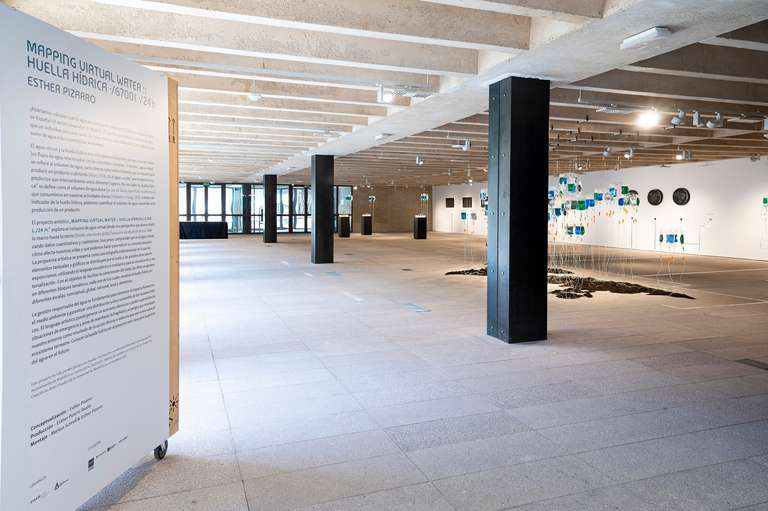
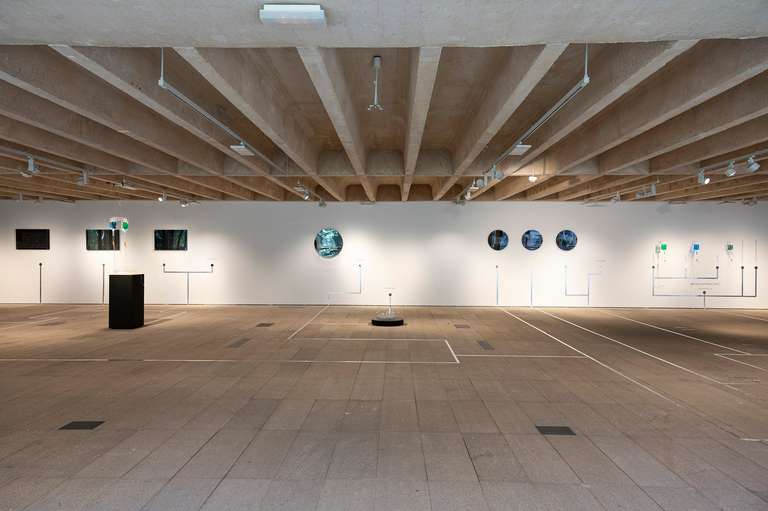
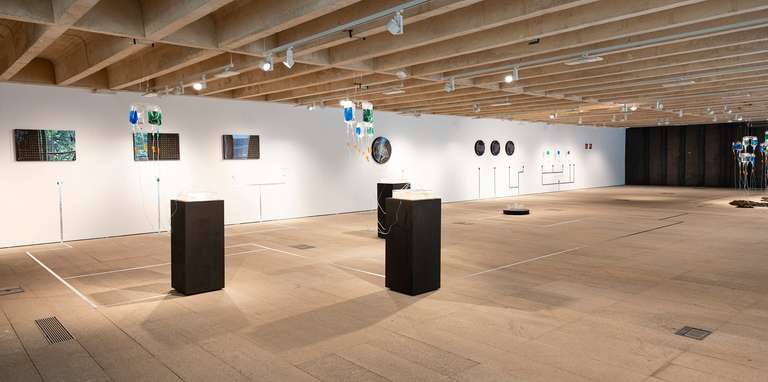
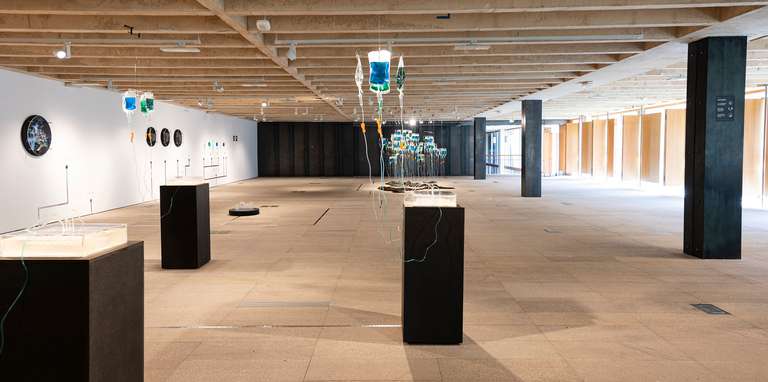
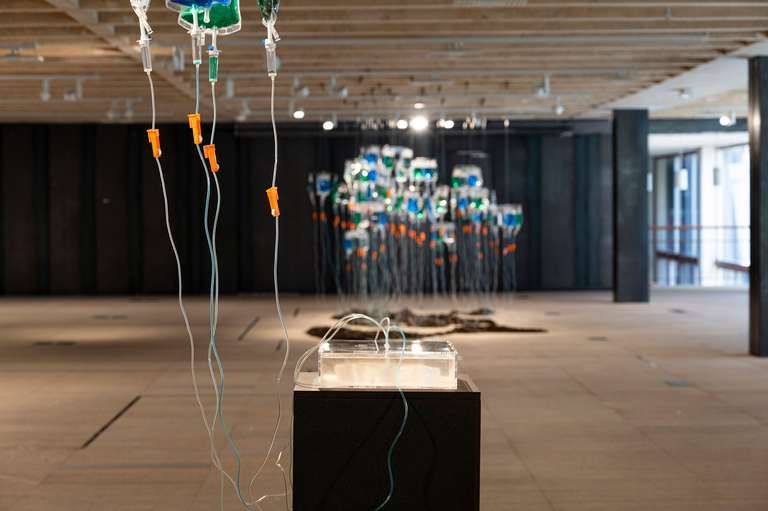
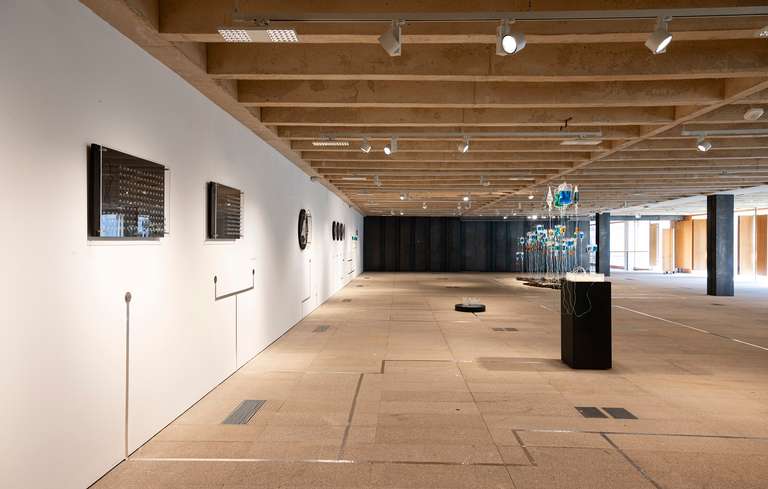
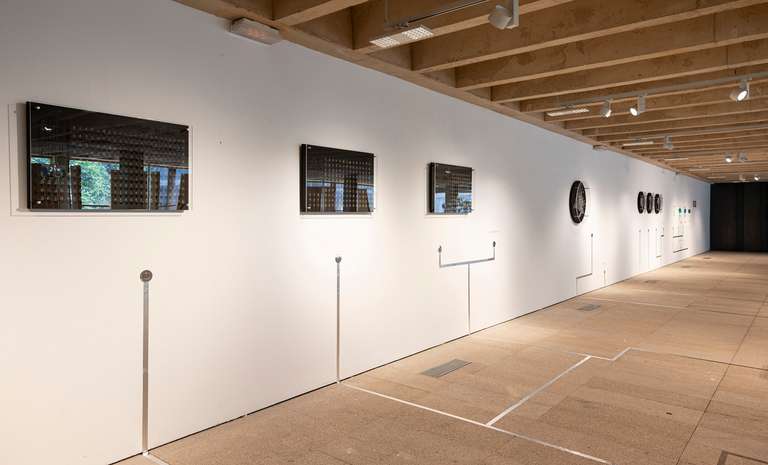
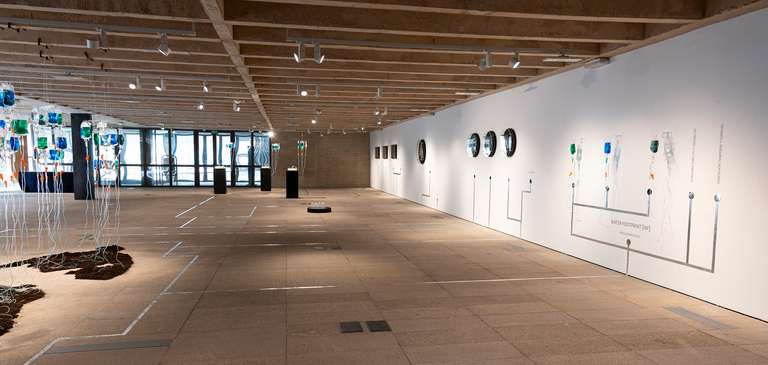
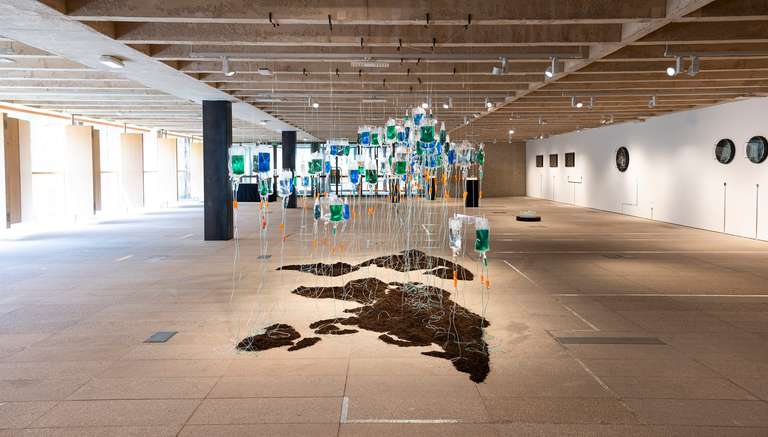
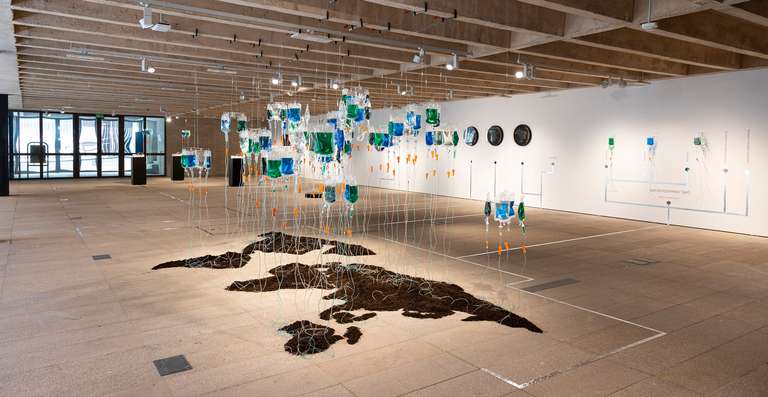
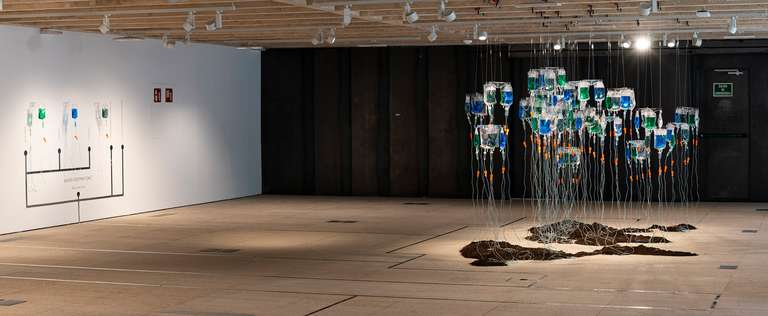
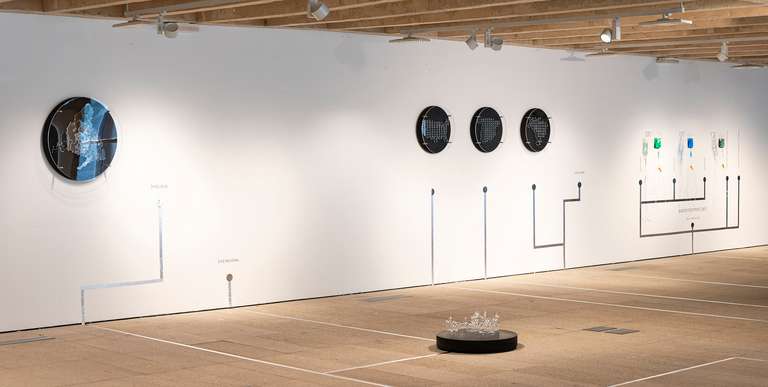
Can we calculate how much water is consumed in the world? What is the average water consumption in Spain and the Community of Madrid? Can we quantify the volume of water that an individual consumes, both directly and indirectly? How does water consumption affect environmental sustainability?
Virtual water and water footprint are environmental indicators that make it possible to quantify water flows according to human activities. Virtual water is the volume of water needed directly and indirectly to produce a product (Allan, 1998). It is the hidden flow, the water we do not see in food or other products that are exchanged from one place to another. A water footprint is the volume of freshwater (rain, surface or groundwater) that we consume in the course of any human activity (Hoekstra and Hung, 2002). Using the Water Footprint indicator of a product, we can quantify the volume of water consumed in its production.
The project Mapping Virtual Water :: Water Footprint / 6.700 l./24 h investigates the consumption of virtual water, from a perspective that approaches from the macro to the micro (from the global to the scale of the product); relying on quantitative and qualitative data, to try to understand what virtual water is, how it affects our lives, and what we can do to reduce its excessive consumption. To this end, the artistic proposal is presented as a three-dimensional infographic where its textual and graphic elements are distributed on the floor and walls of the exhibition hall, using sculptural and installation language for its formalisation and materialisation. For a better understanding of the subject matter, the works are grouped into different thematic blocks, each of which visualises the water footprint on different scales: conceptual, global, national, local and domestic.
The conceptual node [HH] introduces us to the definition of the water footprint and the three types of water involved in its formulation and calculation.
The world node [HH] consists of a large installation that draws a parallel between a planetary cartography and a diseased body, assisted by a drip infusion system. Our cartographic body is made of topsoil, whose boundaries and shapes recreate the different continents. A set of PVC bags, designed for the intravenous administration of liquid solutions, hang from the ceiling and contain water dyed with a food-safe solution, in proportion to the amount of each type of water (blue, green and grey) that each continent possesses.
The global node [HH] is made up of circular roundels identifying three world powers with a high impact on their water footprint: the United States, Brazil and Spain. A grid of borosilicate glass drops provides the data for each country, with each drop representing 1,000 litres of water. In addition, information on the amount of water consumed daily in each country (in litres) is included.
The national node [HH] shows the national average of water consumption in Spain, according to the hydrographic basins with the greatest impact on its water footprint. A circular sculptural piece holds a graphic representation of stacked columns of different heights, topped by a glass water drop. This data represents each corresponding geographical area. A mirrored thread represents the main rivers of the peninsula, which play a crucial role in the distribution of this precious resource.
The local node [HH] introduces us cartographically to the different municipalities that make up the Community of Madrid. Like a three-dimensional puzzle, its pieces fit together to configure the silhouette of Madrid. Three heights identify the areas of greatest water impact, generating a cartography quantified according to the size of the vitreous drop and the number of heights of its silhouette. The stacking of different layers of acrylic material produces an optical greyscale effect, which reinforces the graphical representation of data, alluding to a colour graph.
Finally, the domestic node [HH] identifies three elements of use and consumption in our daily lives, bringing us closer to the water footprint on an everyday scale. A pair of jeans, a kilogram of meat and a bar of chocolate symbolise the traceability of the water footprint in our immediate environment, providing shocking but unknown data for the majority of the population on the water consumption associated with these products. The traceability of water in the production chain of these goods is the common thread of this series, which is articulated around two antagonistic elements: the footprint of the object represented and the infographic visualisation of its water consumption.
Responsible water management is essential to minimise human impact on the environment and to ensure a fair and sustainable distribution of water resources. Artistic language can generate a silent and poetic activism to evidence emergency situations that testify to the fragility and danger that lurk in our environment as a consequence of the direct and indirect action we exert on the terrestrial ecosystem. Knowing the water footprint in the present will be key to water management in the future.
CREDITS::
Conceptualisation: Esther Pizarro
Production: Esther Pizarro Studio
Photography: Markus Schroll
Organized by: Culture Foundation COAM
Coordination: Miguel Lasso de la Vega, Carmen García
Exhibition mounting: Esther Pizarro Studio, Markus Schroll
Funding: Project carried out with the support of the Community of Madrid and Madrid City Council
Winning project of the Ayudas a la Creación y a la Movilidad Nacional e Internacional 2022/2023. Madrid City Council
Winning project of the Grants for Creation in Visual Arts 2021 of the Community of Madrid
ASSOCIATED CATALOGUE::
Pizarro, Esther (2023); Catálogo: Mapping Virtual Water :: Huella Hídrica / 6.700 l./24 h. Autor libro. Textos: Sigfrido Herráez Rodríguez, Rubén Miranda Carreño y Esther Pizarro. Edita: Fundación Arquitectura COAM. Extensión: 72 páginas. Idioma: español. Formato: 21 x 21 cm. Encuadernación: tapa blanda. ISBN: 978-84-96656-97-0
Additional information Mapping Virtual Water :: Water Footprint
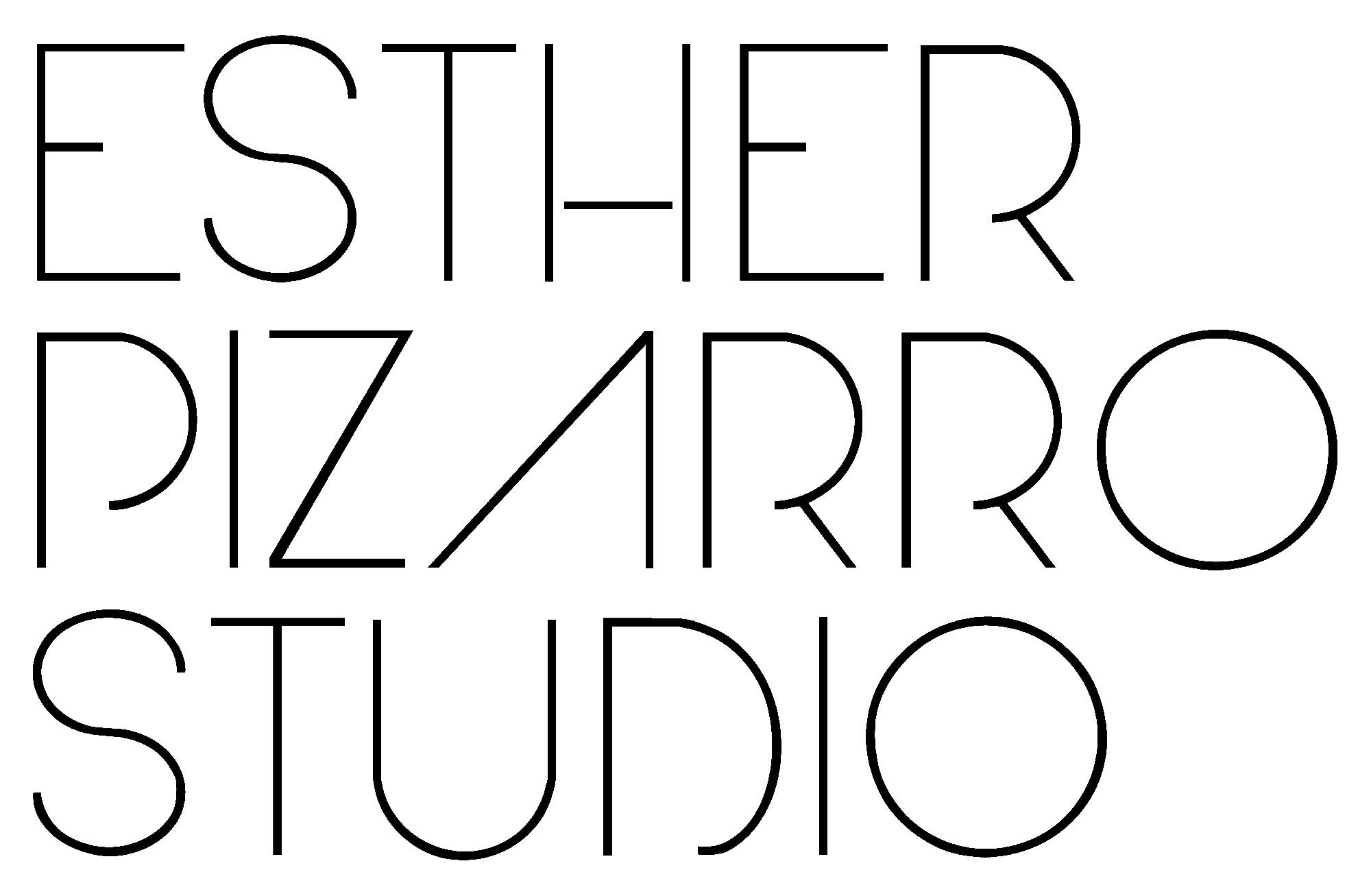
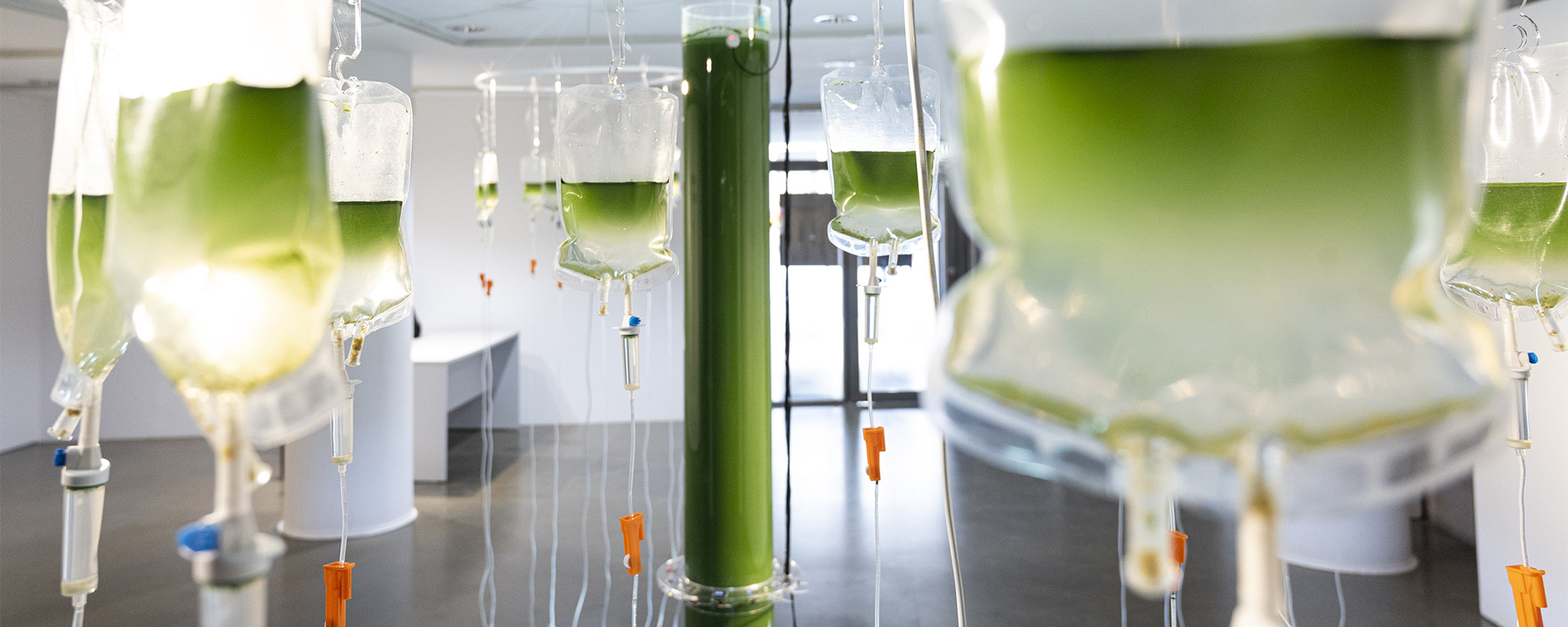
![[HH] MUNDIAL :: Planisferio ©2023](https://www.estherpizarro.es/ing/media/posts/72/01_featured_HH_mundial_rz.jpg)